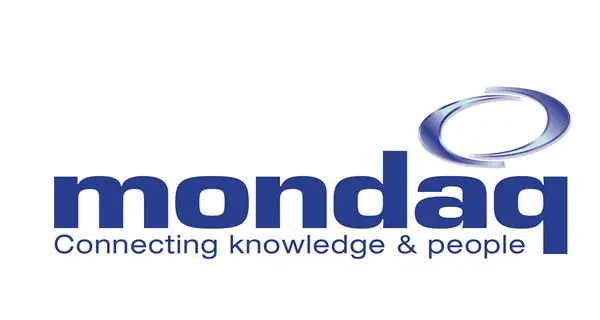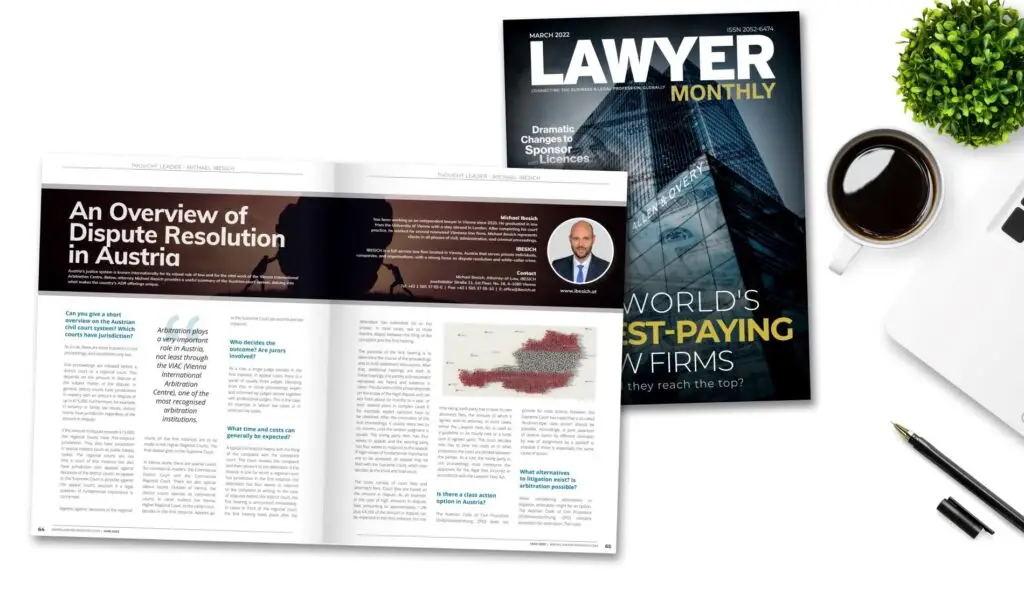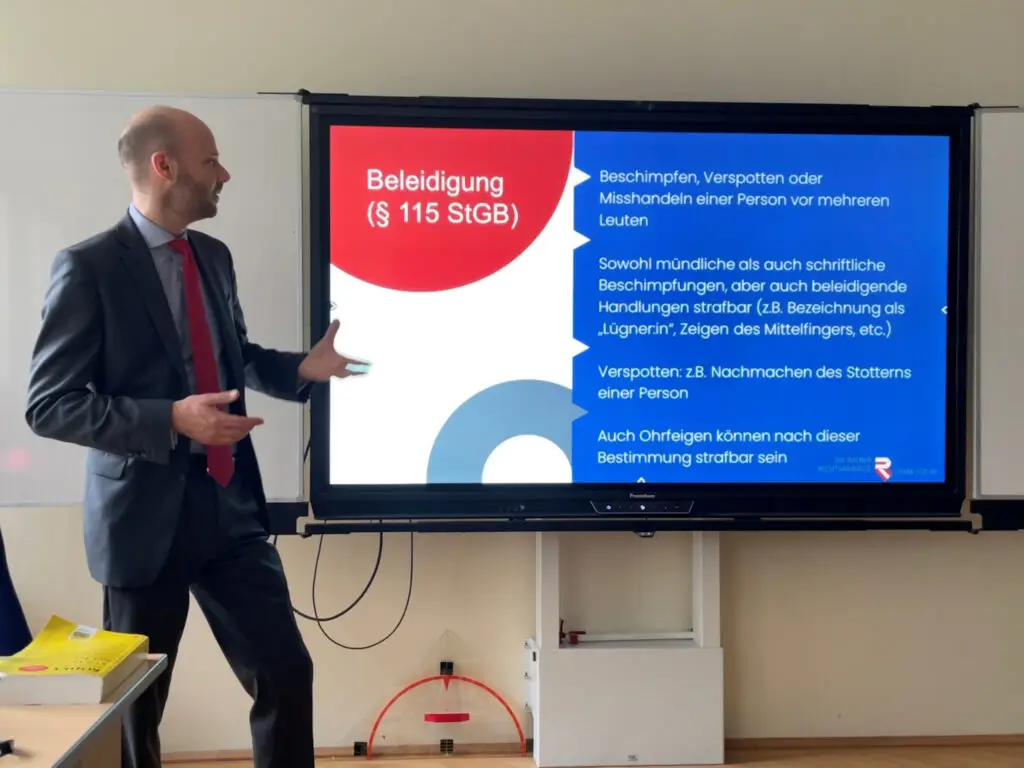Restructuring proceedings take place if the debtor applies for them and presents a reorganization plan. If they do not do so, liquidation proceedings take place. Restructuring proceedings can only be opened at the request of the debtor and therefore not against their will. The main objective of the proceedings is the acceptance of the restructuring plan and the resulting speedy reorganization of the company.
In the restructuring procedure itself, a distinction can be made between the restructuring procedure with and that without self-administration. The difference is that in the restructuring procedure without self-administration the debtor is deprived of the power of disposal—the same as in liquidation proceedings. If the legal requirements are met, the debtor is entitled to self-administration. The debtor can therefore continue to run their business, but they are subject to the supervision of an insolvency administrator. The main condition for the admissibility of such self-administration is that the debtor must offer the creditors a minimum quota of 30% within two years. However, if the debtor subsequently worsens this proposal, self-administration is withdrawn.






